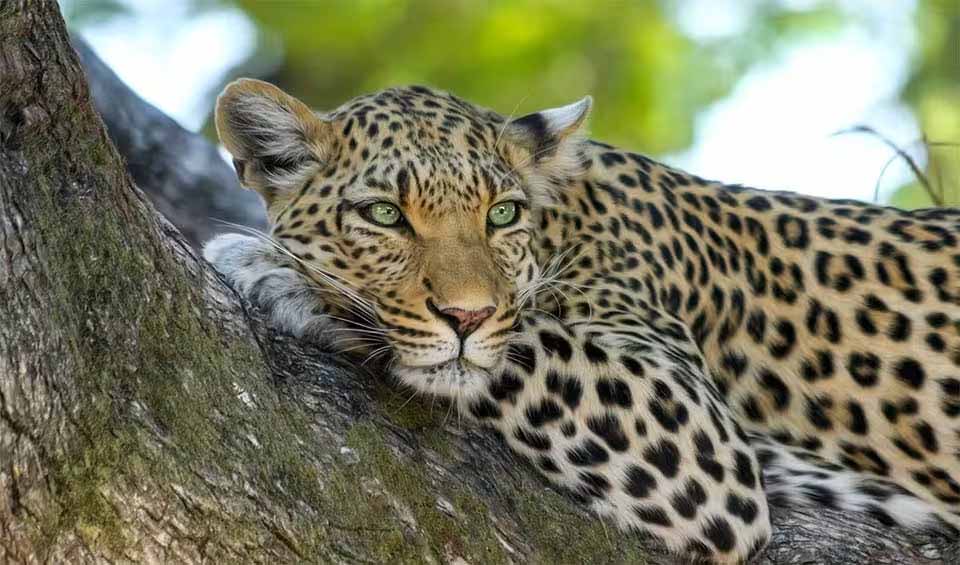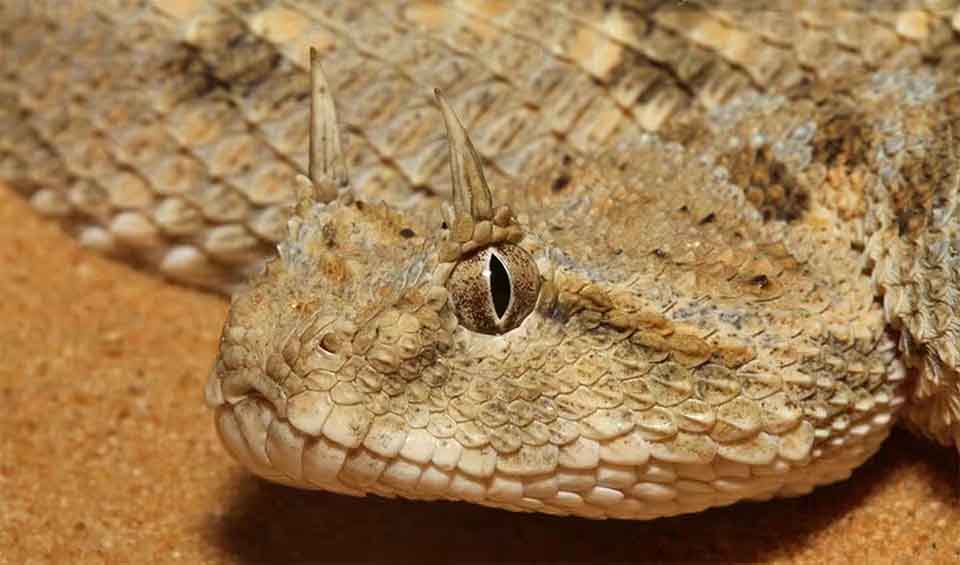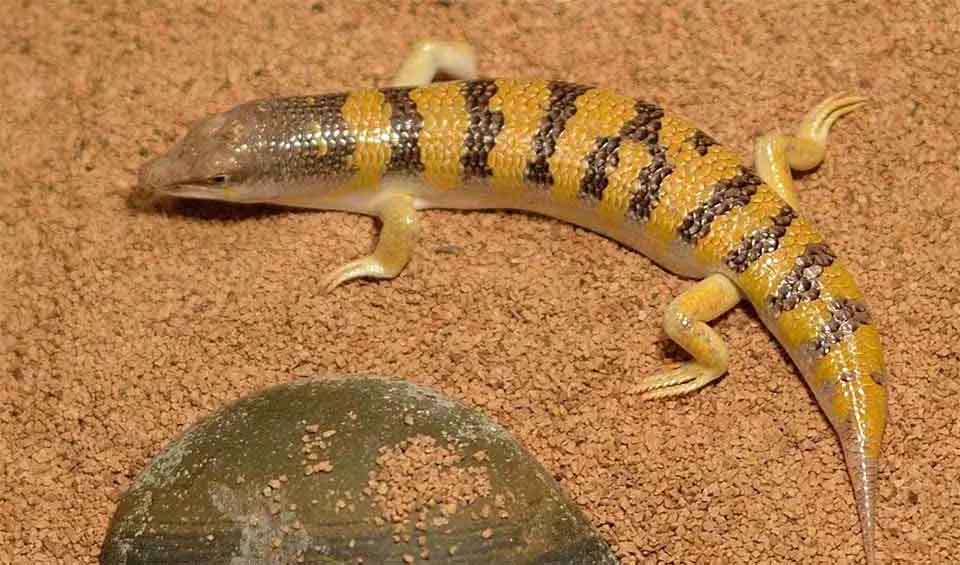Sudan’s biodiversity is marked by a variety of landscapes and ecosystems, from the arid Sahara Desert in the north to the lush, expansive savannas and rainforests in the south. The country is home to numerous national parks and protected areas, such as Dinder National Park, which safeguard a range of wildlife including lions, giraffes, and numerous bird species.
Additionally, the extensive Nile river system traverses the country from south to north, creating fertile plains and supporting a rich array of aquatic and terrestrial life. This diverse environmental setup not only supports a wide array of plant and animal life but also underpins the ecological balance essential for agricultural communities across the region.
Four pillars elaborated:
Sudan, once the largest country in Africa before the secession of South Sudan, spans approximately 2.5 million km² (965,255.40 mi²) from northern deserts to southern equatorial rainforests. It features a comprehensive network of protected areas totaling 42,698 km² (16,486 mi²) of land and 10,662 km² (4,117 mi²) of ocean. These include national parks, marine parks, wildlife sanctuaries, bird sanctuaries, and nature conservation areas across diverse ecological and climatic zones. Land Management
Land Management
Notable protected sites include the Imatong Mountains, Jebel Elba, and Jebel Marra massif, along with lakes such as Ambadi and No. Additionally, following its independence, South Sudan established its own protected areas, such as national parks and game reserves, which contribute to conserving the region’s rich biodiversity and natural heritage.
Sudan’s biodiversity faces multiple threats, including civil unrest, drought, fires, over-grazing, and the unsustainable use of natural resources driven by socio-economic pressures. Expansion of mono-crop agriculture and improper resource management practices contribute to the decline of natural habitats, while poaching and smuggling exacerbate the situation. Notably, mangrove stands suffer from camel grazing and limb cutting, and specific areas like Klanieb are impacted by hydrological changes affecting mangrove health. Epidemics like the dieback of Sunt (Acacia nilotica) severely affect riverain forests, and termite infestations damage Eucalyptus plantations. Insect attacks hinder the natural regeneration of key species such as Acacia and Combretum. Threats to Biodiversity
Threats to Biodiversity
Additionally, over-fishing and the unsustainable harvesting of sea cucumbers near Dungonab Bay have put significant stress on marine ecosystems. The rural-to-urban migration diminishes agrobiodiversity, and the lack of investment in natural resource conservation and inadequate market channels for local products further complicate efforts to protect and sustainably manage Sudan’s environmental resources.
The government of Sudan has undertaken various initiatives to tackle the country’s biodiversity crisis, focusing largely on the conservation and sustainable management of its natural resources. Significant measures include the establishment of a robust network of protected areas, which encompasses national parks, wildlife sanctuaries, and marine parks designed to conserve critical habitats and safeguard diverse species. To support these physical efforts, Sudan has also developed a comprehensive legal framework and policies that regulate activities impacting biodiversity, such as poaching, illegal logging, and unregulated fishing. Capacity and Governance
Capacity and Governance
Additionally, Sudan actively participates in international agreements and collaborates with global organizations, including the Convention on Biological Diversity (CBD) and the Convention on International Trade in Endangered Species of Wild Fauna and Flora (CITES). These international partnerships not only aid in the implementation of effective conservation strategies but also facilitate access to technical and financial support, enhancing the country’s capacity to manage and protect its biological diversity effectively.
Sudan’s future plans for biodiversity focus on expanding protected areas and updating its National Biodiversity Strategy and Action Plan to align with international conservation targets. The strategy emphasizes increasing community engagement, enhancing educational programs on sustainable practices, and integrating climate change adaptation into conservation efforts. Additionally, Sudan intends to bolster research and monitoring to assess and refine biodiversity management, while also seeking stronger international collaborations for technical and financial support. These measures aim to sustainably preserve Sudan’s natural heritage and contribute to its developmental goals. Future Trends
Future Trends
Biodiversity
Sudan’s biodiversity is rich and varied, encompassing unique species across its diverse landscapes. The country hosts an array of wildlife, including endangered species like the Nubian ibex, alongside predators such as African lions, cheetahs, and leopards. Bird species such as the Abyssinian roller and the secretarybird are also notable.Sudan’s flora ranges from desert shrubs in the north to tropical forests in the south, with significant plants including the baobab and the gum arabic tree, crucial for its economic value in producing gum arabic. The Sudd wetland, one of the largest in the world, plays a vital role in supporting a rich variety of vegetation and serves as a habitat for numerous fish and aquatic birds.
In the table below are the number of known species in several main groups, how many of these species are Threatened with extinction, and how many of them are Endemic (unique to Sudan only):
| Species (World rank) |
Threatened | % Threatened | Endemic | % Endemic | |
|---|---|---|---|---|---|
| Mammals | 444 (#12) | 16 | 3.6% | 8 | 1.8% |
| Birds | 912 (#19) | 27 | 3.0% | ||
| Reptiles | 280 (#34) | 6 | 2.1% | 3 | 1.1% |
| Amphibians | 13 (#127) | ||||
| Fishes | 481 (#125) | 34 | 7.1% | 8 | 1.7% |
| Plants | 2,139 (#146) | 17 | 0.8% | 50 | 2.3% |
mammals
Leopard
Disappearing graceful shadows, this tree-climber is on the way to extinction
White rhinoceros
White with a dark future! Victim of the myths, it is the biggest of the five rhino species
African wolf
A genetic mix of 72% grey wolf & 28% Ethiopian wolf was classified as an African variant of the golden jackal until 2015!
birds
Shoebill
One of the most bizarre creatures you can ever lay your eyes upon
Hamerkop
The hammerheads of the bird kingdom
Kori bustard
These large birds may remind you of ostriches, but they can fly!
reptiles
Saharan horned viper
Despite its fearsome appearance, it is a shy and reclusive creature that would rather hide than confront a threat
African spurred tortoise
This giant is the largest African and third of all the tortoises on earth
Sandfish skink
This skink dives and ‘swims’ under the sand
National Animals
Cheetah
Racing to extinction: historically ranging throughout Africa to India, now distributed in small, fragmented populations
Secretarybird
A long-legged bird with a stunning black feather crest on its back head















